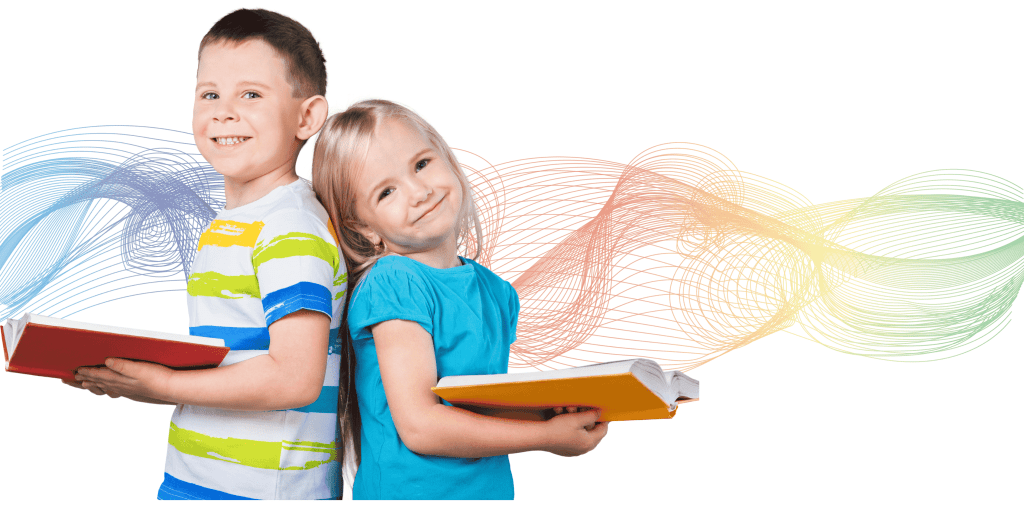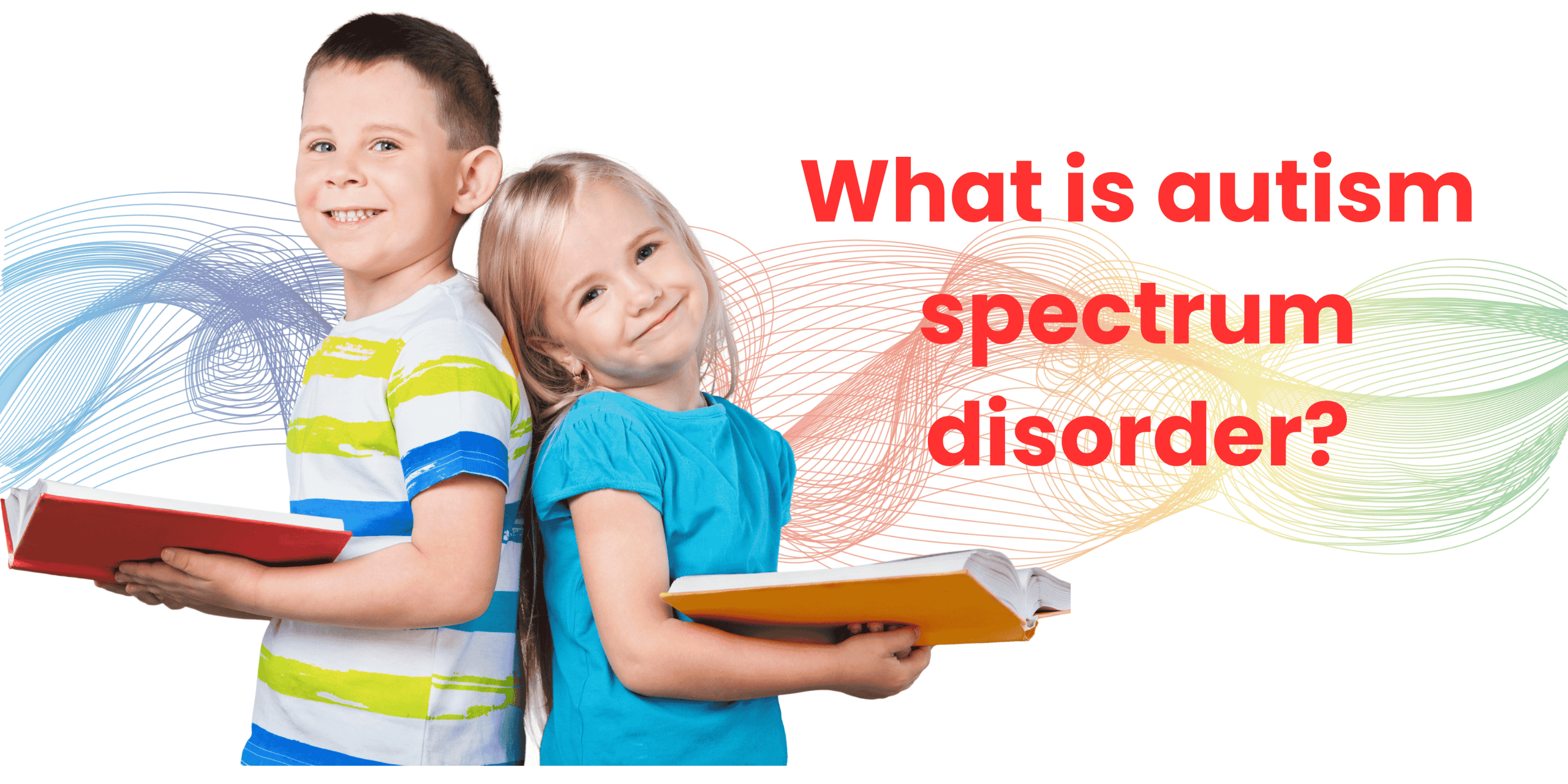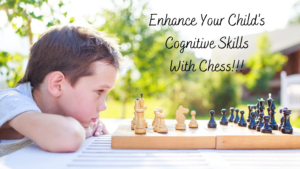Autism Spectrum Disorder (ASD) affects millions of people worldwide, yet misconceptions persist about this complex neurological condition. Understanding autism is crucial for creating inclusive communities and supporting individuals on the spectrum to reach their full potential.
What is Autism Spectrum Disorder?

Autism Spectrum Disorder is a developmental condition that affects communication, social interaction, and behavior. The term “spectrum” reflects the wide range of symptoms and abilities that individuals with autism can experience. No two people with autism are exactly alike, which is why it’s called a spectrum disorder.
ASD typically appears in early childhood, with signs often noticeable by age two. However, some individuals may not receive a diagnosis until adolescence or adulthood, particularly those with milder symptoms or those who have learned to mask their differences.
Key Signs and Symptoms of Autism

Communication Challenges
People with autism may experience difficulties with both verbal and non-verbal communication. This can include delayed speech development, repetitive use of language, difficulty understanding abstract concepts, or challenges with gestures and facial expressions. Some individuals may be non-speaking but communicate effectively through other methods.
Social Interaction Differences
Social situations can be particularly challenging for people with autism. They may struggle with understanding social cues, maintaining eye contact, developing friendships, or engaging in typical back-and-forth conversations. However, many autistic individuals have deep, meaningful relationships once they find their community.
Repetitive Behaviors and Restricted Interests
Many people with autism engage in repetitive behaviors called “stimming” (self-stimulatory behavior), such as hand-flapping, rocking, or repeating certain words. They often develop intense interests in specific topics and may become experts in their chosen subjects.
Sensory Sensitivities
Autism frequently involves differences in sensory processing. Individuals may be oversensitive or undersensitive to sounds, lights, textures, tastes, or smells. What seems like a normal environment to others might feel overwhelming or underwhelming to someone with autism.
Understanding the Autism Spectrum
The autism spectrum encompasses three main levels of support needs:
Level 1 (Requiring Support): Individuals at this level may appear to function independently but need some support with social communication and organization. They might struggle with transitions and planning.
Level 2 (Requiring Substantial Support): People at this level have more noticeable difficulties with verbal and non-verbal communication and may engage in repetitive behaviors that interfere with daily functioning.
Level 3 (Requiring Very Substantial Support): Individuals at this level have severe difficulties with communication and daily activities, requiring extensive support throughout their lives.
Causes and Risk Factors
Research indicates that autism has strong genetic components, with multiple genes contributing to the condition. Environmental factors during pregnancy may also play a role, though the exact causes remain under investigation.
It’s important to note that vaccines do not cause autism. This myth has been thoroughly debunked by extensive scientific research, yet it unfortunately persists in some circles.
Diagnosis and Early Intervention
Early diagnosis and intervention can significantly improve outcomes for individuals with autism. Healthcare professionals use various assessment tools and observe behavioral patterns to make a diagnosis. There’s no single medical test for autism, making professional evaluation essential.
Early intervention services, including speech therapy, occupational therapy, and behavioral interventions, can help children develop essential skills. The earlier these interventions begin, the more effective they tend to be.
Supporting Individuals with Autism
Creating Inclusive Environments
Schools, workplaces, and communities can support autistic individuals by providing sensory-friendly spaces, clear communication, and understanding of different communication styles. Simple accommodations can make a significant difference.
Celebrating Strengths
Many people with autism possess remarkable abilities, including attention to detail, pattern recognition, logical thinking, and deep expertise in their areas of interest. Focusing on strengths rather than deficits leads to better outcomes. Autism can also be improved by making chess as the part of your daily routine.
Building Understanding
Education and awareness help reduce stigma and create more accepting communities. Understanding that autism is a neurological difference, not a disease to be cured, is fundamental to providing appropriate support.
Living with Autism: A Lifespan Perspective
Autism is a lifelong condition, but with proper support, many individuals lead fulfilling, independent lives. Some may require ongoing assistance, while others live independently, pursue higher education, maintain careers, and have families.
The key is providing appropriate support at each life stage, from early childhood through adulthood. This includes educational accommodations, career guidance, social skills development, and mental health support when needed.
Moving Forward: Acceptance and Support
Society’s understanding of autism continues to evolve. The neurodiversity movement emphasizes accepting neurological differences as natural variations rather than disorders to be fixed. This perspective encourages supporting autistic individuals while respecting their unique ways of experiencing the world
Creating an inclusive society means recognizing that autism brings both challenges and strengths. By providing appropriate support, accommodations, and acceptance, we can help all individuals on the autism spectrum thrive and contribute their unique perspectives to our communities.
Understanding autism spectrum disorder is the first step toward building a more inclusive world where everyone, regardless of their neurological differences, can reach their full potential and live with dignity and respect.






